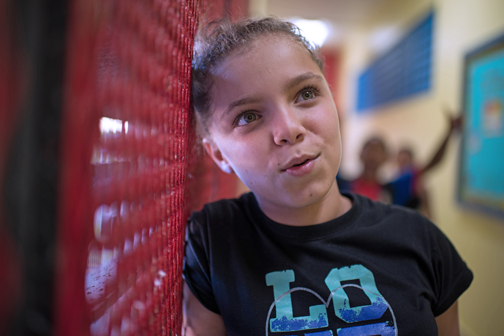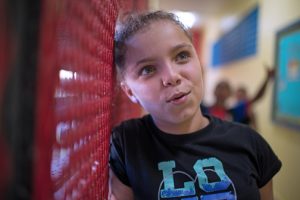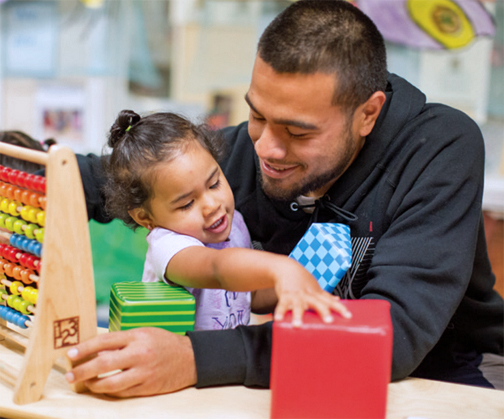Study: Some 60% of P.R.’s children living in poverty


This year’s Data Book also reports that the vast majority of children in Puerto Rico, 84 percent, live in high poverty areas.
Puerto Rican children and their families face significant economic distress, according to the 2017 Kids Count Data Book released Tuesday by the Annie E. Casey Foundation.
The report found 57 percent of children on the island live in families where no parent has full-time year-round employment.
This year’s Data Book also reports that the vast majority of children in Puerto Rico, 84 percent, live in high poverty areas. This economic data, combined with other indicators on child wellbeing, reveal the significant challenges faced by children and families in Puerto Rico.
This year’s Data Book shows that children and youth in Puerto Rico are significantly worse off than their peers in the continental United States. At 58 percent, children living in poverty are more than twice as high as the U.S. average of 22 percent. Moreover, the percentage of Puerto Rican children living in high poverty areas is six times higher than children in the continental U.S., the study showed.
“These data are alarming when we consider the impact of living in homes where there is financial insecurity, as well as the impact of living in areas of concentrated poverty,” said Amanda Rivera, executive director of the Youth Development Institute.
“Research has shown us that these experiences can have a negative impact on everything from health to educational outcomes. This has dire implications not just because of what children are experiencing today, but because of what it will mean for the workforce and long-term economy of Puerto Rico,” she said.
The annual Kids Count Data Book uses 16 indicators across four domains — health, education, economic wellbeing and family and community — to analyze child wellbeing in every state and territories, including Puerto Rico.
The domains and indicators represent what children need most to thrive. Since last year’s Data Book, salient data indicators for Puerto Rico include:
- Teen birth rate (births per 1,000 females ages 15 to 19) dropped from 40 to 34 births per 1,000.
- The percentage of teens ages 16 to 19 not attending school and not working decreased from 15 percent to 11 percent.
- The percentage of children in households that spent more than 30 percent of their income on housing decreased from 33 percent to 31 percent.
- Children in poverty remained unchanged at 58 percent.
- The percentage of children in single-parent families remained unchanged at 59 percent.
- The percentage of children without health insurance remained unchanged at 3 percent.
While there have been some bright spots in the reduction of teen births, as well as with teenagers not attending school and not working, indicators related to economic security for families — child poverty and full-time, year-round employment — have deteriorated over the last several years.
These declines may be due in part to Puerto Rico’s economic and fiscal crisis, which has included an economic contraction of over 10 percent in the last decade, the study noted.
“We’re concerned about the continued decline of these economic indicators, losing gains we have made, and how that will impact children’s development in the short and long-term,” said Rivera.
“During this period of fiscal cuts, it is important for policy-makers and other decision-makers to understand that disinvestments in children and their families will result in lost human potential and capital as well as increased government costs in over the long-term. Protecting these investments is not just the right thing to do, it is economically sound,” she said.







